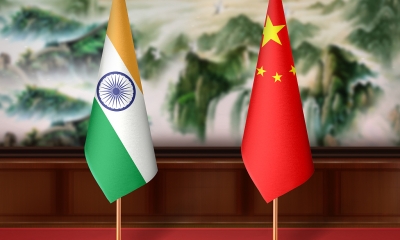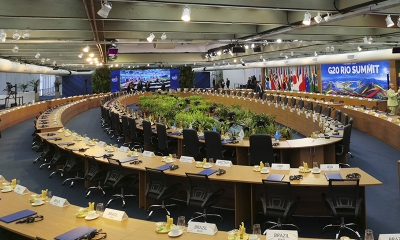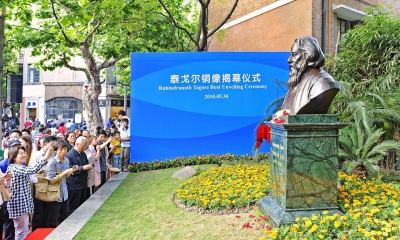“Dragon-Elephant Tango” Should Be a Shared Effort of Both India and China
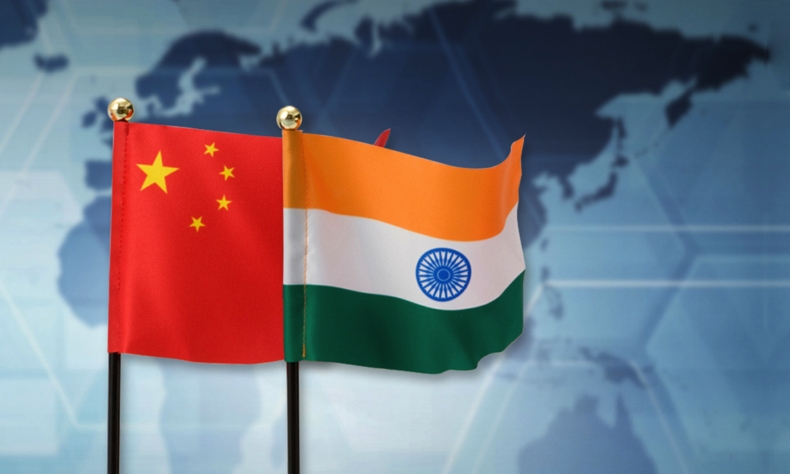
The two countries may have their disputes but cooperation is better than confrontation. The two countries need to pursue win-win cooperation instead of a zero-sum game.
Looking back at the “events” of Sino-Indian relations in 2020, it is clear that the past year turned out to be the most difficult phase for the Indian “elephant” and the Chinese “dragon” which has reached to nadir due to their border confrontation and geopolitical competition.
Since the Sino-Indian relationship is one of the most important for the region and the world that has weathered severe tests, it’s time to reset the bilateral relationship for the larger interests of over 2.7 billion people on two sides of the Himalayas living under the same sky.
Exchanges of Covid-19-related medical supplies
The year 2020 started with feel-good measures from both India and China responding to each other’s most critical health disaster. Right after the outbreak of the novel coronavirus disease in the Chinese city of Wuhan, Hubei Province, Indian Prime Minister Narendra Modi immediately wrote a letter to Chinese President Xi Jinping expressing sympathies and support to China while sending tonnes of medical supplies to coronavirus-hit Wuhan in February. It’s really heartening that the Chinese government had taken good care of the Indian students studying in China like its own people while facilitating the safe return of the Indian citizens from Hubei Province.
On the other hand, China and many Chinese charity organizations like Jack Ma Foundation and Alibaba Foundation provided India with COVID-19-related medical supplies in March and April. Surely, facilitating India’s imports of medical goods and equipment and keeping the drug production supply chain open was the “best” signal from China for bilateral ties.

Border flare-up bedevils bilateral ties
Although the year 2020 was designated as the “India-China Year of Cultural and People-to-People Exchanges” in celebrating the 70th anniversary of India-China diplomatic ties, unfortunately, the year was mired in tension and distrust, thus, bedeviling bilateral ties at all levels.
In summer, the Modi government’s policy towards China entered a dangerous phase when Indian and Chinese soldiers were locked in heated stand-offs at multiple points such as the Galwan Valley, Pangong Tso lake and Hot Springs-Gogra area at the Line of Actual Control (LAC) in Ladakh region of the undefined India-China border. On June 15, the unfortunate Galwan Valley hand-to-hand fighting, the first in 45 years, resulted in casualties. Then on 29-30 August, guns were finally fired in the air along the contested LAC, the first such case in Ladakh since the 1962 bloody war.
While India’s External Affairs Minister S. Jaishankar said that China had violated border agreements by deploying a large number of soldiers along the border, China’s Foreign Ministry spokesperson Hua Chunying said “the responsibility totally lies with the Indian side” for the situation along the LAC. As such, even after then ninth round of the India-China Corps Commander Level meeting on January 24, 2021, the balance sheet remains zero since both sides are deploying military forces in the region.
But it can be hoped that, not imposing one’s will on the other, both sides should stay committed to safeguarding the peace and tranquility in the border area through equal-footed consultation while maintaining their sovereignty and territorial integrity and bring bilateral relations back on the right track.
India’s confrontational diplomatic moves
After the outbreak of the COVID pandemic in the country, the Modi government took a few provocative and confrontational diplomatic moves towards China which can be summed up as cutting off India’s nose to spite China’s face. The way the Indian government under PM Modi announced “lockdown” on Chinese investments in April is nothing but a bitter pill to swallow for India’s own manufacturing sectors.
India as a country with a GDP per capita of only around $2,000, must accept the fact that Chinese investment is indispensable to its manufacturing sectors in the post-pandemic era if it wants to become the world’s next manufacturing hub.
Modi under the direct influence of his “big friend” then US President Donald Trump has literally taken the idea of “India First” policy to transform India into an economic giant, thus, has been playing upon Western anti-China narratives in the country in order to earn political capital for his Bharatiya Janata Party’s (BJP) favor. So, as part of his “Aatamnirbhar Bharat” (a self-reliant India) initiative, his government banned 220 Chinese apps so far – including the hugely popular TikTok, WeChat, Weibo, Camscanner, PUBG Mobile, ShareIt, and more.
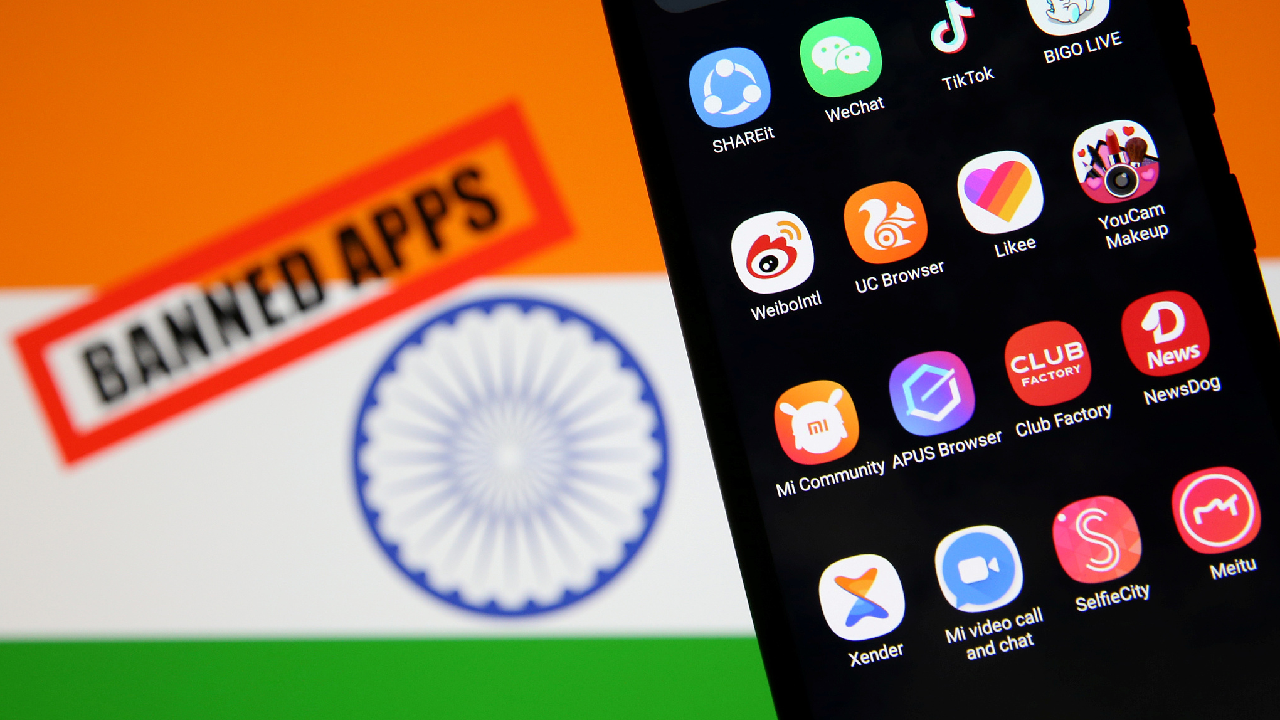
But Modi’s increasingly protectionist stance against Chinese trade and investment which has led to the wanton suppression of Chinese companies, boycotting chorus against Chinese goods and blocking access to Chinese mobile apps cannot help India, but rather negatively affect the interest of Chinese enterprises to invest in India as well as overall bilateral cooperation. The ruling BJP and some right-wing nationalist organizations should always bear in mind that India is not the US, Japan, ASEAN, or the EU. India, with its weaker economy, power, and strength, can hardly compete with China.
More importantly, over years, in comparison to Western investors, Chinese companies have been playing a crucial role in the Indian government’s “Made in India” initiative. The Modi administration needs to take a look at the facts without brooding overfraught border issues: China is India’s biggest trading partner after the US, a critical source of support for India’s fledgling tech firms, and the fourth largest export market.
In the last six years, over 1,000 Chinese companies have been participating in different projects of the “Make in India” initiative with a total investment of 8 billion U.S. dollars, creating more than 200,000 local jobs, as pointed out by Chinese Ambassador to India Sun Weidong.
The business community and people of India are the beneficiaries of India-China economic and trade cooperation. As such, any self-protection, non-tariff barriers and restrictive measures against China are unfair to Chinese enterprises, unfair to Indian employees who lost their jobs as a result, and unfair to Indian consumers who cannot get access to the products and services they deserve. The ruling government and nationalistic politicians should realize the blanket restrictions on Chinese investments or exaggerating military activism can only slow progress in bilateral relations.
The way forward: cooperation, not antagonism
Over years, Sino-India relations have gone far beyond the bilateral scope and have global strategic significance. It’s undoubtedly short-sighted to portray each other as an “opponent” or a “strategic threat”. At the backdrop of the ongoing border dispute, the question arises: Can India and China, the world’s two largest developing countries and emerging economies, insulate their relationship from their larger diplomatic push? Will the two close neighbors fight against each other that will only gladden the foes? The answer is a big No. The overall matrix of Sino-India relations should not be overshadowed by the boundary question and other issues left over from history.
The two countries may have their disputes but cooperation is better than confrontation. The two countries need to pursue win-win cooperation instead of a zero-sum game. The two countries must work together to expand the positive dimension of cooperation by narrowing down negative factors in ties. The “Dragon-elephant Tango” should be a shared effort of both sides in the practical deeds and works for the fundamental interests of the two peoples.
The article reflects the author’s opinions, and not necessarily the views of China Focus.
 Facebook
Facebook
 Twitter
Twitter
 Linkedin
Linkedin
 Google +
Google +




